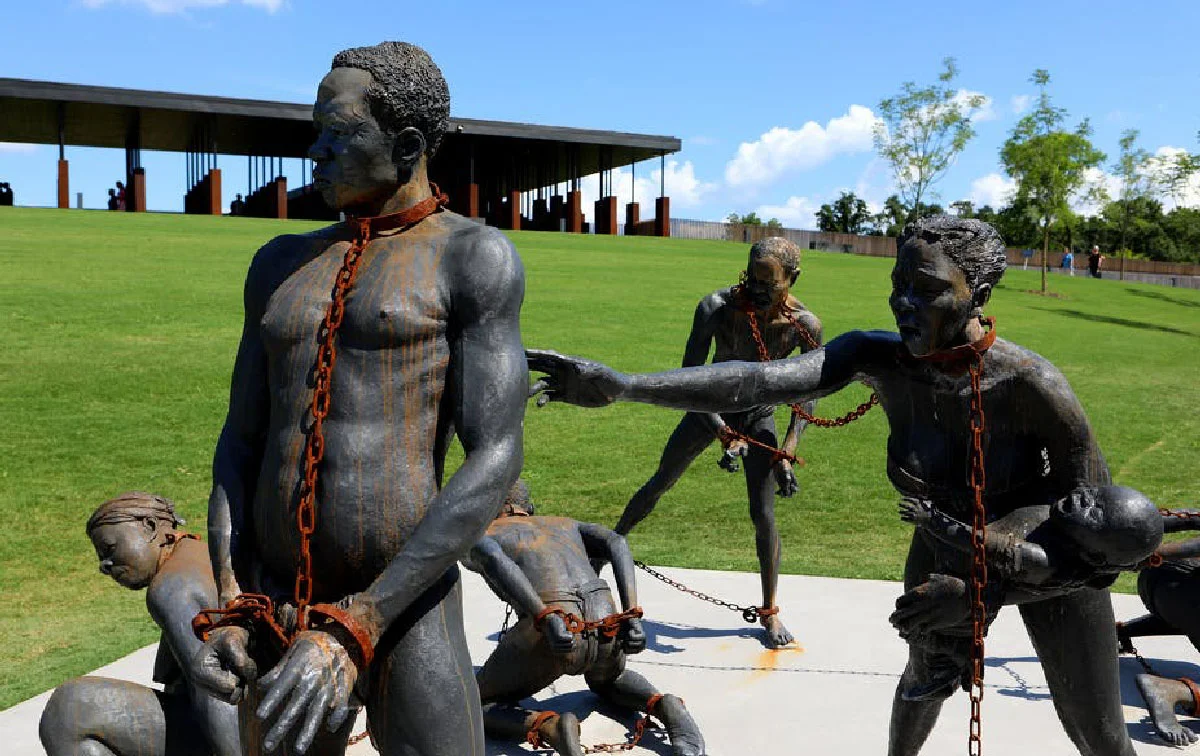In 1638, the Dutch East India Company established a settlement on Mauritius. They set about felling the ebony trees and developing sugar cane and tobacco plantations as commercial enterprises. The Dutch brought the first slaves to the island as manpower but by 1710 they had abandoned Mauritius, unable to develop the island.
The French then took control focusing on sugar cane production. This meant the arrival of many more slaves to work on the plantations.
By the time the British took control of the island in 1810, slaves accounted for around 80% of the island’s population with most from Madagascar and East Africa.
Le Morne is a rugged mountain that juts into the Indian Ocean in the southwest of Mauritius. It was used as a shelter by runaway slaves (called ‘maroons’), through the 18th and early years of the 19th centuries.
The escaped slaves formed small settlements in the caves and on the summit of Le Morne. The oral traditions associated with the maroons, have made Le Morne a symbol of the slaves’ fight for freedom, their suffering, and their sacrifice, all of which have relevance to the countries from which the slaves came – the African mainland, Madagascar, India, and South-east Asia. Indeed, Mauritius, an important stopover in the eastern slave trade, also came to be known as the “Maroon republic” because of the large number of escaped slaves who lived on Le Morne Mountain. The region was inscribed into the UNESCO list of World Heritage sitesin 2008.
Slavery had been abolished in the British Empire in August 1834, though it was several months before Mauritius followed suit on February 1st 1835, when it became the last of the British colonies to abolish slavery.
